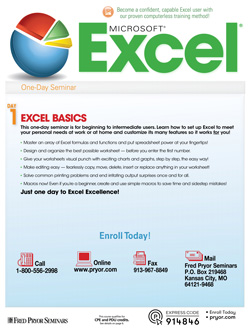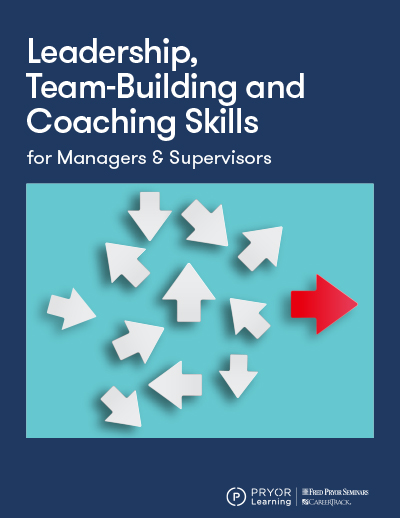How to Improve Your Onboarding Process and Set New Hires Up for Success

A strong onboarding process is more than just paperwork and office tours—it’s your first opportunity to build lasting engagement with new employees. Done right, onboarding boosts retention, shortens ramp-up time and helps new hires feel like valuable members of your team from day one.
If your employee onboarding process feels rushed, inconsistent or outdated, it might be time for a revamp. In this guide, we’ll explore how to improve your onboarding process with proven strategies, clear checklists and best practices that make a lasting impact.
Why is the Onboarding Process So Important?
The onboarding process sets the tone for the entire employee experience. Organizations with a strong onboarding process improve new hire retention by 82% and productivity by over 70%.
New employees decide quickly whether they feel supported—and whether they’ll stick around. A thoughtful onboarding experience:
- Builds confidence and clarity in new roles
- Connects employees to company culture and values
- Improves communication and alignment with managers
- Reduces turnover and time-to-productivity
What are the Key Elements of a Great Employee Onboarding Process?
An effective employee onboarding process is structured, consistent and personalized. It begins with pre-boarding, which starts before the employee’s first day. During this stage, organizations should send a welcome email that includes important logistics, team introductions and a schedule. Providing early access to necessary systems or employee portals helps new hires prepare in advance. For remote employees, it’s also helpful to ship any required equipment or company swag ahead of time. Clearly outlining expectations and next steps sets a professional and supportive tone right from the beginning.
The first-day experience should be designed to make the new hire feel welcome and valued. A warm introduction from HR and team leaders can help ease first-day nerves. Offering a clear overview of the company’s mission, values and culture lays the foundation for engagement. A checklist of initial tasks ensures nothing falls through the cracks, and seamless access to tools and technology helps employees hit the ground running.
Training and development are vital components of onboarding. Job-specific training sessions should be scheduled early and consistently. Assigning a mentor or onboarding buddy provides personalized guidance and support. Sharing learning resources, internal policies and ongoing check-ins helps track progress and keeps new hires aligned with expectations and goals.
Culture and integration are what truly make new employees feel like part of the team. Introduce them to company rituals, team events and informal communication channels to promote connection. Encourage them to join meetings and social spaces and recognize early contributions to build confidence. Creating opportunities for two-way feedback also strengthens engagement and trust.
How Long Should the Onboarding Process Last?
A common misstep is ending the onboarding process too early. While orientation activities may only take a few days, comprehensive onboarding should ideally extend over 90 days or more. This gives new hires the opportunity to fully understand their role, establish clear goals, receive feedback and build relationships with their team. It also allows them time to grow comfortable with workflows and responsibilities.
The most effective onboarding programs are phased and include regular check-ins at the 30-, 60- and 90-day marks. These touchpoints help ensure alignment, uncover any challenges and reinforce the employee’s connection to their work and the organization as a whole.
How Can You Improve Your Current Onboarding Process?
Whether you’re building from scratch or optimizing what you have, use these steps to improve your employee onboarding process:
- Audit Your Current Onboarding
Ask yourself:
- Is the experience consistent across departments?
- Do new hires feel confident and supported?
- Where do most questions or breakdowns happen?
- Use Feedback to Improve
Survey recent hires after 30 or 60 days. Ask:
- What was helpful?
- What was missing?
- What would you improve?
Use this feedback to continuously refine your process.
- Automate and Streamline
Use onboarding software to:
- Centralize tasks and documents
- Automate email sequences and reminders
- Track completion of forms and training
- Reduce admin time and errors
- Assign Onboarding Champions
Designate team members or managers as onboarding “buddies.” They can:
- Answer questions
- Provide insight into team dynamics
- Encourage social connections
- Create an Onboarding Checklist
Ensure consistency with a checklist that covers:
- Pre-boarding tasks
- Day 1 welcome agenda
- Week 1–4 training goals
- Ongoing check-ins
Common Mistakes to Avoid in Your Onboarding Process
Even well-meaning onboarding efforts can fall short. Watch out for:
- Information overload: Spread training out over several weeks
- Lack of structure: Use templates, schedules and agendas
- Poor manager involvement: Managers should play an active role
- One-size-fits-all approach: Tailor onboarding to roles and personalities
- Neglecting culture: Embed company values from day one
What Tools Can Support Your Employee Onboarding Process?
To enhance the employee onboarding experience and improve efficiency, a variety of tools can be integrated into the process. Learning Management Systems (LMS) are ideal for delivering structured training and tracking progress. HR software platforms such as BambooHR or Gusto help manage onboarding tasks, streamline documentation and ensure consistency across new hire experiences. Collaboration tools like Slack or Microsoft Teams play a key role in fostering communication, building connections and integrating new employees into the company culture. Additionally, using digital surveys allows organizations to gather real-time feedback, identify areas for improvement and continuously refine the onboarding process.
Improve Your Onboarding Process with Pryor Learning
At Pryor Learning, we provide expert-led training programs to support your onboarding process, employee development and long-term HR success. Whether you’re building your process from the ground up or looking to fine-tune your current strategy, our HR training courses deliver practical tools and real-world solutions.


